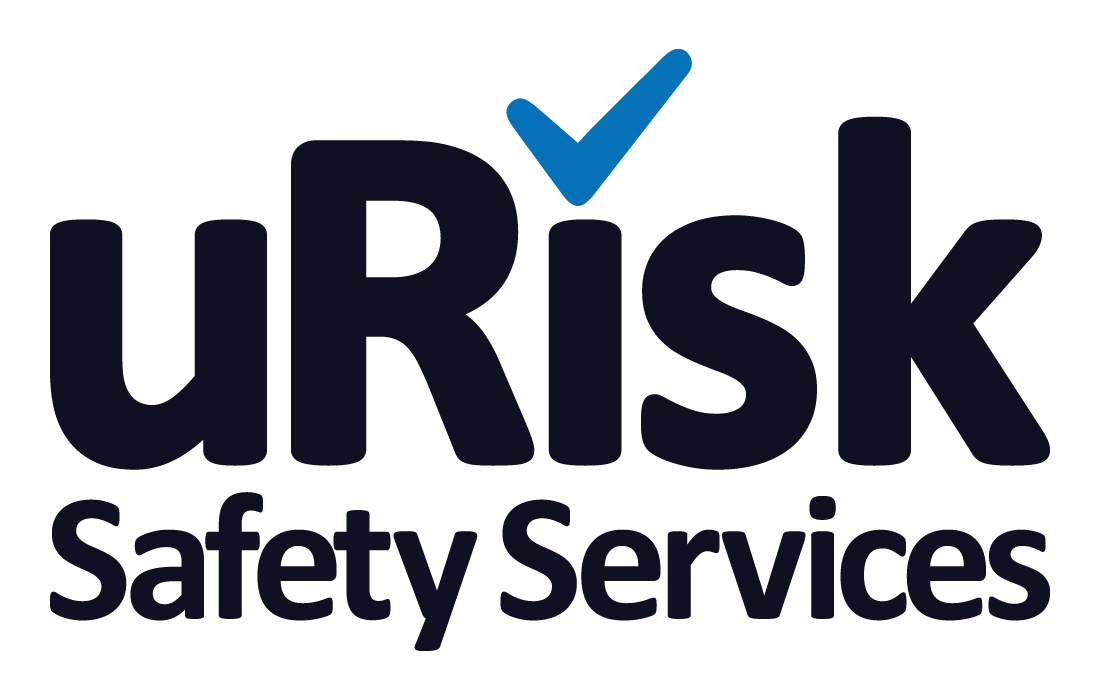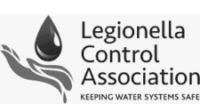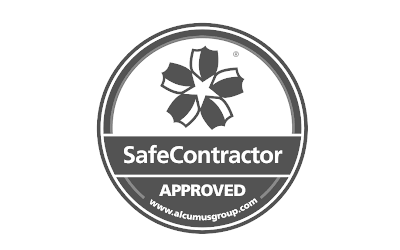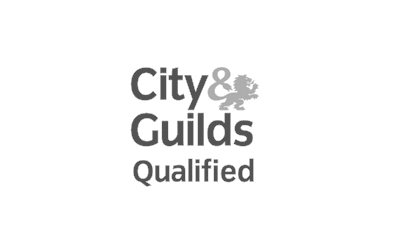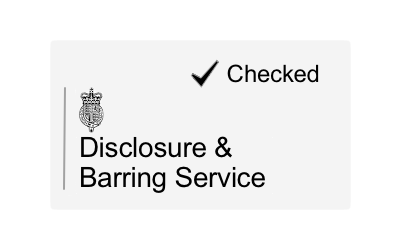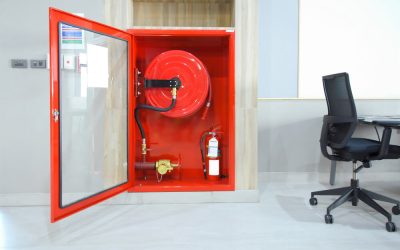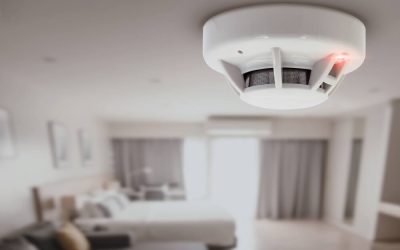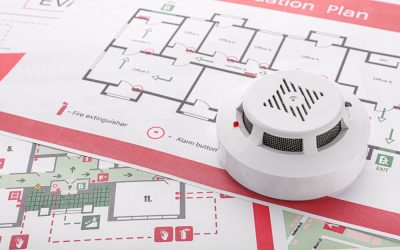A Guide to Water Safety in Care Homes
If you are an employer or in charge of your care home’s premises, under Health & Safety Regulations it is your responsibility to take measures to prevent the risks from legionella. Legionella is a waterborne bacterium that thrives in stagnant, warm water. It poses a particular danger because, if inhaled in tiny water droplets, such as spray from a shower or water-cooled air conditioning system, it can settle in the lungs and develop into the potentially fatal Legionnaires’ disease.
Are Elderly People Susceptible to Legionella?
Sadly, yes, which is why managers of care homes need to take extra precautions when dealing with the risks posed by legionella. Residents of care homes are more susceptible to legionella because they are elderly and frail. Those most at risk of developing Legionnaires’ disease after coming into contact with legionella are the elderly and those with chronic health conditions. This is why people in charge of care homes need to take extra precautions to keep their residents safe.
Hot Water Temperatures in Care Homes
One of the most effective ways of controlling the risks from legionella is through water temperature. The bacteria thrive in temperatures between 20°C and 45°C, so the advice is to heat your hot water to above 60°C. While such high temperatures will kill the bacteria, there is the danger that the temperature will be too hot for your residents, with the potential for scalding injuries. The solution is to install Thermostatic Mixing Valves (TMVs) which blend the cold water with the hot just before it reaches the tap, creating a safe and comfortable water temperature for washing and bathing.
How Often Should a Care Home Undertake Legionella Water Testing?
In care homes, samples for water testing and analysis need to be undertaken annually, or as soon as any changes have been made to your water system. All businesses are required to keep accurate records, but in the case of care homes, this is essential. Evidence must be made available for inspections by the Care Quality Commission, the Health & Safety Executive or the local authority, so records must be kept of all activities.
Risk Assessment in Care Homes
A legionella risk assessment will give you peace of mind that you are doing everything you can to protect the residents and staff of your care home from the legionella bacteria. In a risk assessment, experts will carry out an audit of your water system and make recommendations for ways you can reduce those risks.
Contact us to find out more about legionella risk management in your care home.
Legionella and Water Hygiene Blog Posts
Office Fire Risk Assessment
As you would expect, keeping your office safe from the risk of fire is a legal requirement under the Regulatory Reform (Fire Safety) Order 2005. If you are the owner or manager of a business, or landlord of an office building, it is your responsibility to ensure your...
Fire Risk Assessment For Flats
Your legal requirements as a landlord include taking precautions to keep your tenants safe, including when it comes to the risk of fire in flats. As part of the fire safety regulations, fire risk assessments for flats is therefore part of your legal obligation to...
Getting A Risk Assessment For Fire in the UK
As an employer, landlord or facilities manager, it is your legal responsibility to keep everyone who uses your premises safe. A fire risk assessment is an important part of this because it identifies what might cause a fire so you can take steps to prevent one, as...
